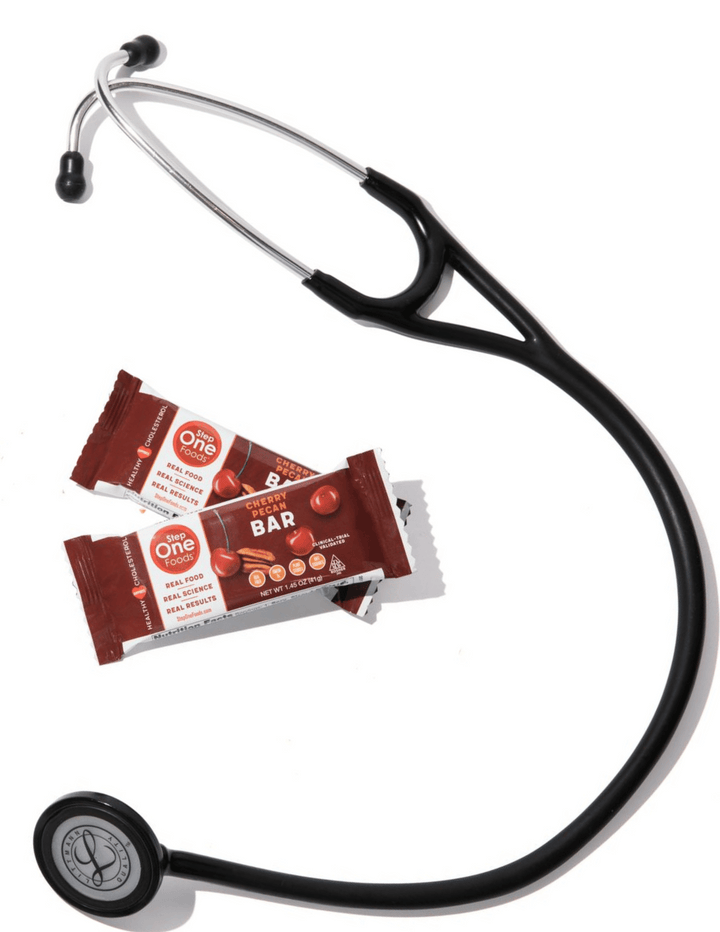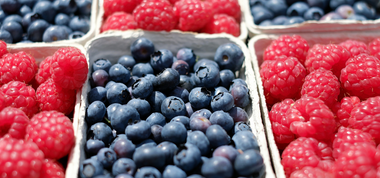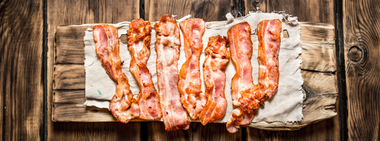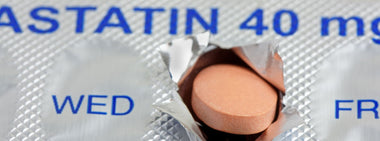General Mills’ Latest Announcement Proves We Can All Make a Difference
This week General Mills announced it would eliminate artificial colors and flavors from its products. We applaud this decision. The effects these additives have on us and on our children, especially when multiple additives are combined in one food, are not absolutely known.
We do know studies have demonstrated the harmful effects of these same additives in animals, which suggests that they are unsafe. Nevertheless the FDA has maintained that these additives are safe for human consumption. So use has continued because there is no regulatory incentive to stop.
So why did General Mills make the decision to move away from artificial additives? Because their customers are increasingly looking for “cleaner” ingredient lists. That means labels that read more like a shopping list than a chemistry lab inventory.
We thought we would dig a little deeper into a few of these artificial additives so you can see for yourself what passes as “food’ among food manufacturers.
Caramel color is a common additive in soda, baked goods and any processed food that benefits from an aesthetically pleasing golden brown hue. The name was a stroke of marketing genius, evoking the image of sugar turning a lovely golden color as it heats over an open flame. But nothing could be further from the truth. Caramel color is produced by reacting ammonia and sulfites with sugars under high pressures and temperatures. The products of this reaction are 2-methylimidazole and 4-methylimidazole which have been shown to cause cancer in rats and mice.
That’s just one artificial color. This type of data exists for many others. Lessening our exposure to such ingredients should be a really good thing.
But the problems go deeper than artificial colors and flavors. BHA (butylated hydroxyanisole) and BHT (butylated hydroxytoluene) are widely used by the food industry as preservatives, mainly to prevent oils in foods from oxidizing and becoming rancid. No one took the time to conjure up pretty names for these two additives, so you’ll find them listed as BHA and BHT on ingredient lists.
So what do we know about these two preservatives? BHA and BHT are found in many cereals and snack goods, and both have also been shown to cause cancer in laboratory animals. Both have been listed by public health research groups as ingredients to avoid. And yet these too have been approved by the FDA for use in our food supply. BHA and BHT do not fall under the artificial color and flavor list. So long as the FDA continues to permit their use, don’t expect that they will be eliminated anytime soon.
There are two morals to this story. First, we can’t assume all foods on our grocery shelves are safe. Second, as consumers, we can voice our concerns and vote with our shopping dollars, and sometimes things change.
But change is slow in coming. It will take until the end of 2017 for all General Mills cereals to be free of artificial colors and flavors. In the meantime, you can protect yourself and your family by always reading ingredient labels and avoiding foods made with ingredients you don’t recognize or understand. Whenever possible, choose whole unadulterated foods. Fresh foods, prepared simply will look good, taste good and — most importantly — be good for you.

Tested & Proven Results.
- Cardiologist formulated
- Supported by over 500 publications
- Clinically-proven, in a double-blind randomized trial with Mayo Clinic and The University of Manitoba
80% of participants lowered their cholesterol in just 30 days. With just two servings per day, Step One Foods offers a proven-effective way to naturally lower LDL (bad) cholesterol.
Get heart health tips and articles like this, delivered right to your email.
New articles every week.
You may also like...

Spring Into Heart Health: The Best Seasonal Foods to Eat Now

You don’t need to avoid foods with cholesterol…except for these



